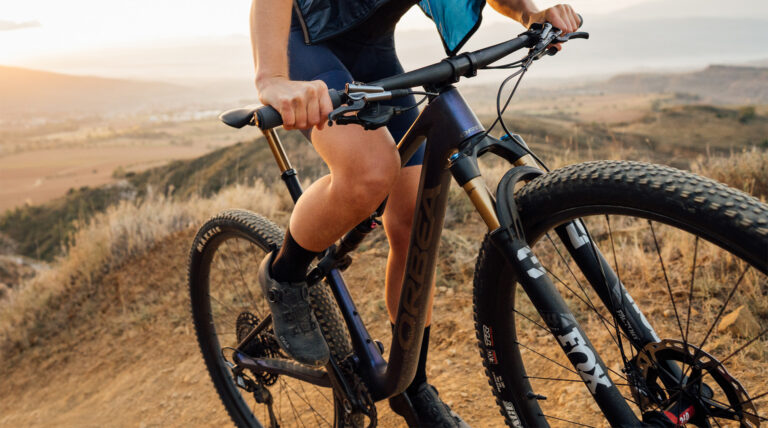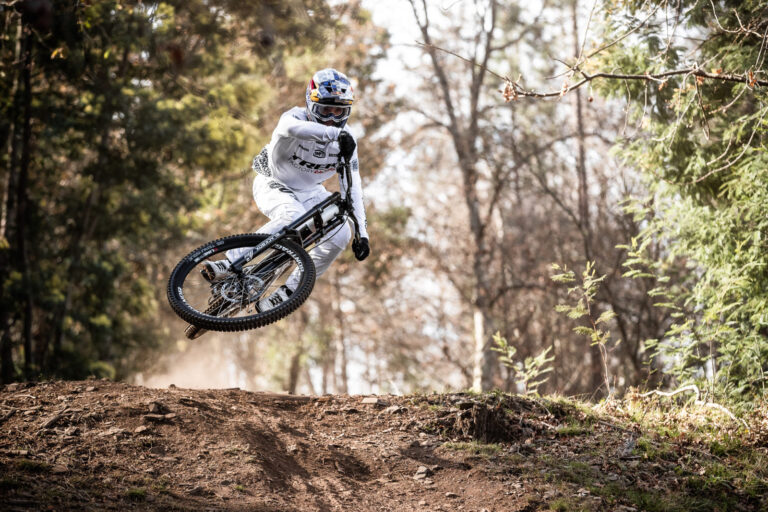Cutting Through the Wind: The Importance of Aerodynamics in Road Bikes
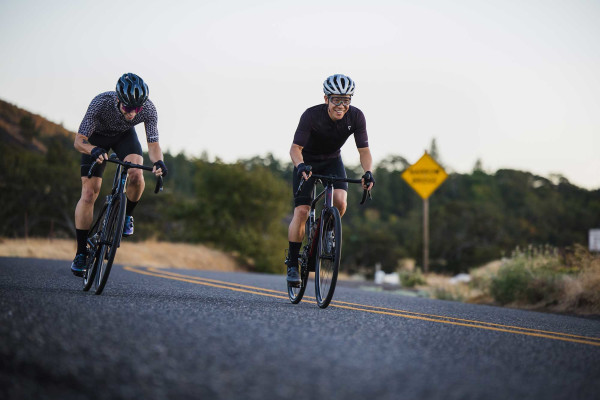
Key Point Summary of The Importance of Aerodynamics in Road Bikes:
- Aerodynamics in Road Biking: Aerodynamics is essential for reducing wind resistance, increasing speed, and improving efficiency.
- Impact of Wind Resistance: Wind resistance increases exponentially with speed, making aerodynamic optimization crucial for performance.
- Bike Design and Equipment: Modern road bikes and equipment are designed with aerodynamics in mind to minimize drag.
- Riding Position: A rider’s position on the bike significantly affects aerodynamic efficiency, with lower and more streamlined positions offering reduced resistance.
- Training for Aerodynamics: Incorporating aerodynamics into training can enhance performance, especially in time trials and long solo efforts.
In my years spinning pedals over asphalt, gravel, and dirt, I’ve been on a constant quest for efficiency and speed. Whether slicing through a headwind on a solo breakaway or tucked in the peloton, the impact of aerodynamics on-road biking has been a central theme of my cycling journey.
From the sleek frames of road bikes to the positioning of my body, every element plays a crucial role in combating wind resistance. For those beginning or at an intermediate level, understanding the principles of aerodynamics can transform your ride, making you faster, more efficient, and, ultimately, a more competitive cyclist.
The Wind is Your Foe and Friend
Wind resistance is the primary barrier to speed on a road bike. As a cyclist, you’re not just pedaling against gravity and friction; you’re battling the air itself. This resistance grows exponentially with speed, meaning the faster you go, the harder you have to work to push through the air. Early in my racing career, I learned the hard way that brute force alone wouldn’t get me to the finish line first. It was a lesson in physics that sparked my fascination with aerodynamics.
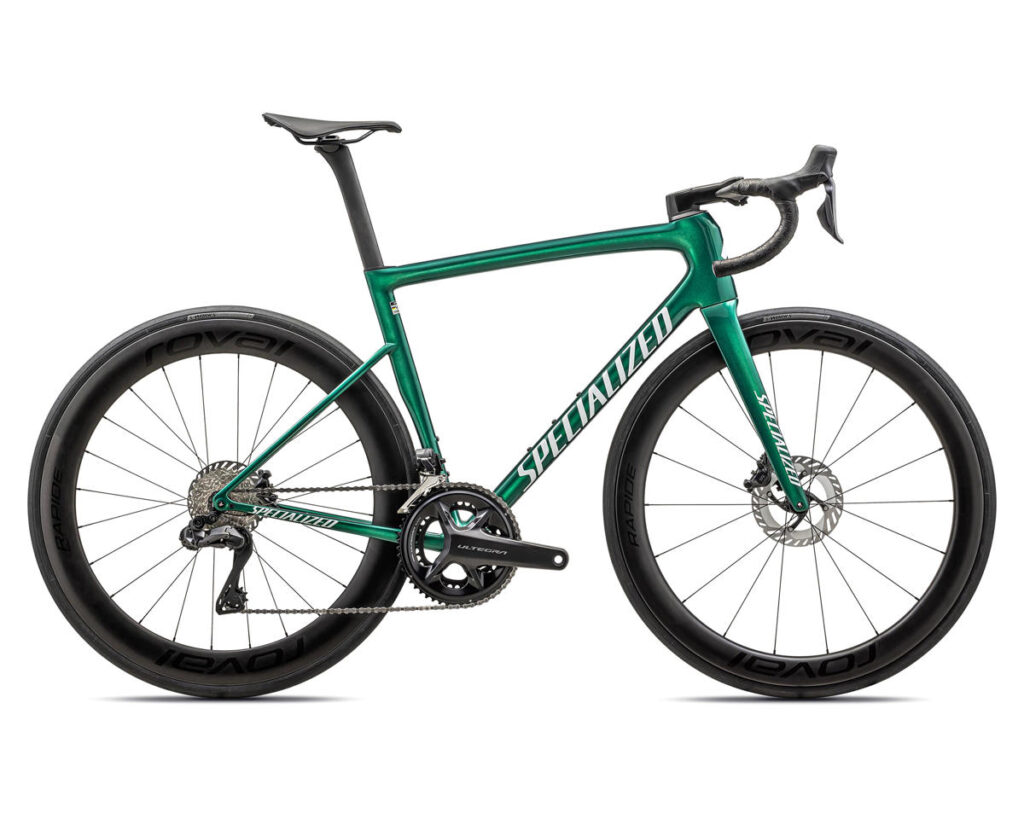
Sleek Designs for Slicing Air
Today’s road bikes are marvels of engineering, designed to slice through the air with minimal resistance. From the aerodynamic shaping of frames, forks, and wheels to the integration of components such as brakes and cables, every detail is optimized to reduce drag. Riding a modern aero road bike for the first time was a revelation. The sensation of speed was not just about the effort I put in but how the bike itself cut through the wind. It was a palpable difference that translated into faster times and less energy expended.
Equipment Matters
Aerodynamics extends beyond the bike frame. Wheels, helmets, and even the kit you wear can significantly impact your drag coefficient. Deep-section carbon wheels, for example, can offer a substantial aerodynamic advantage over traditional rims, especially at higher speeds. And while the benefits of an aero helmet or a skin-tight suit might seem marginal in isolation, together, these gains add up, shaving seconds or even minutes over the course of a ride.
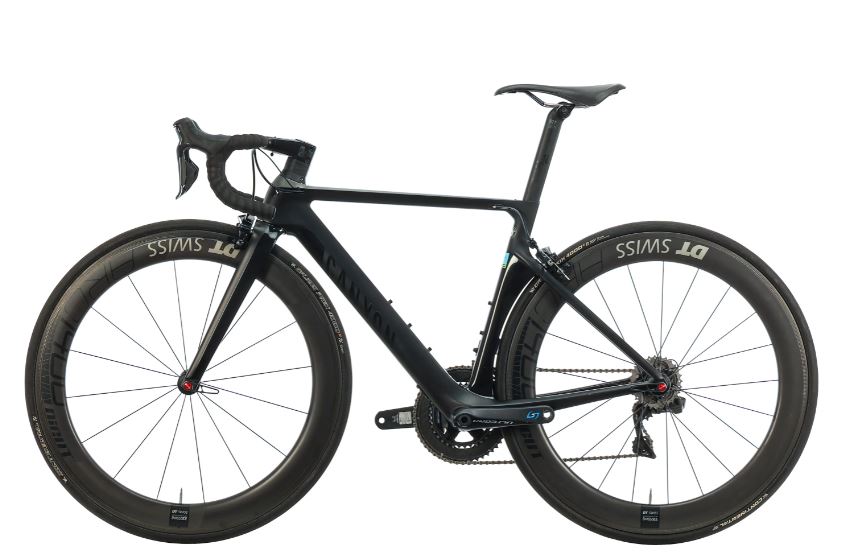
Position is Power
Perhaps the most personal aspect of aerodynamics is your position on the bike. A lower, more streamlined posture can dramatically reduce your frontal area and, consequently, wind resistance. However, finding a sustainable, aerodynamic position is a balance between form and function. It’s about being low enough to be efficient but not so low that you’re sacrificing power or comfort. Through trial, error, and plenty of flexibility training, I found a position that allowed me to maintain aero efficiency without compromising my ability to produce power over long distances.
Training with Aerodynamics in Mind
Understanding aerodynamics also influenced my training. For instance, practicing time trials became not just about endurance but also about maintaining an efficient position against the clock. Similarly, group rides turned into lessons in drafting, learning how to position myself to take full advantage of the reduced wind resistance behind another rider.
Embracing Aerodynamics
The pursuit of aerodynamic efficiency is a journey that never truly ends. As technology advances and our understanding of fluid dynamics evolves, there are always new ways to cut through the air more effectively. For beginners and mid-level cyclists, starting with the basics—optimizing your position, choosing the right equipment, and understanding the impact of wind resistance—can lead to significant improvements in speed and efficiency. Remember, aerodynamics in road biking isn’t just for the pros; it’s a crucial element for any cyclist looking to go faster and further with less effort.
The Importance of Aerodynamics in Road Bikes: Wrapping Up
The importance of aerodynamics in road biking cannot be overstated. It’s a field where science meets sport, and even small adjustments can lead to noticeable gains in performance. Whether you’re competing against others or just against your personal best, embracing aerodynamics can elevate your cycling experience.

Here’s a look at some top contenders known for their excellence in the road biking community:
High-End Performance
- Specialized S-Works Tarmac SL7: Combining lightweight design with aerodynamic efficiency, the Tarmac SL7 is a favorite among racers and serious enthusiasts seeking top-tier performance.
- Canyon Aeroad CFR: Known for its aerodynamic frame and exceptional stiffness-to-weight ratio, the Aeroad CFR is designed for speed, making it a choice for competitive riders.
All-Rounder
- Trek Domane SLR: With its comfortable geometry, innovative IsoSpeed decoupler for shock absorption, and versatility, the Domane SLR excels in endurance rides and rougher road surfaces.
- Giant Defy Advanced Pro: This bike offers a balance of comfort, stiffness, and lightweight, making it ideal for long rides and varied terrain.
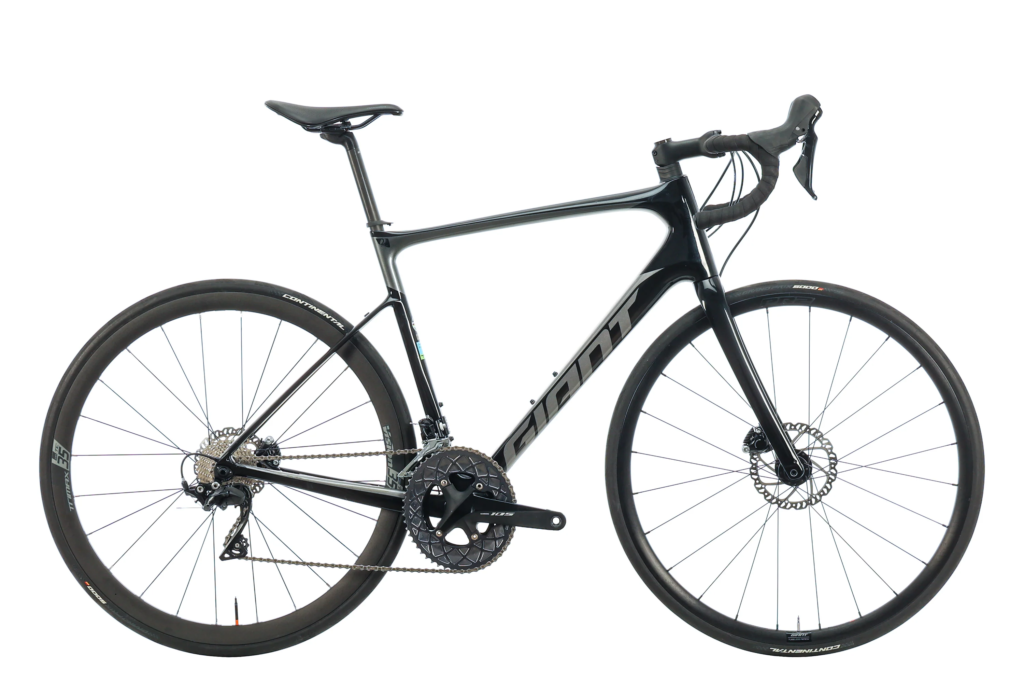
Budget-Friendly Options
- Cannondale CAAD13: The CAAD series has a long-standing reputation for providing high-performance aluminum frames at a more accessible price point, and the CAAD13 continues this tradition with aero optimization.
- Specialized Allez Elite: A great entry-level option, the Allez Elite offers a smooth ride, reliability, and a price point that’s hard to beat for the quality.
Women’s Specific
- Liv Langma Advanced Pro Disc: Engineered by women, for women, the Langma Advanced Pro Disc is lightweight, agile, and designed for both climbing efficiency and speed on flats.
Gravel/Cyclocross
- Canyon Grail CF SL: For those who like to venture off the asphalt, the Grail offers a unique handlebar design for comfort and control on gravel, with a carbon frame that doesn’t compromise on performance.
- Specialized Diverge: The Diverge line blends the line between road and gravel, offering a versatile bike that’s as comfortable on long pavement rides as it is on gravel adventures.
Time Trial/Triathlon
- Cervelo P-Series: The P-Series bikes are designed for speed and efficiency in time trials and triathlons, with a focus on aerodynamic performance and rider ergonomics.
So, take the time to understand the principles, experiment with your setup and position, and enjoy the benefits of cutting through the air with ease. After all, in the battle against the wind, knowledge is your greatest ally.
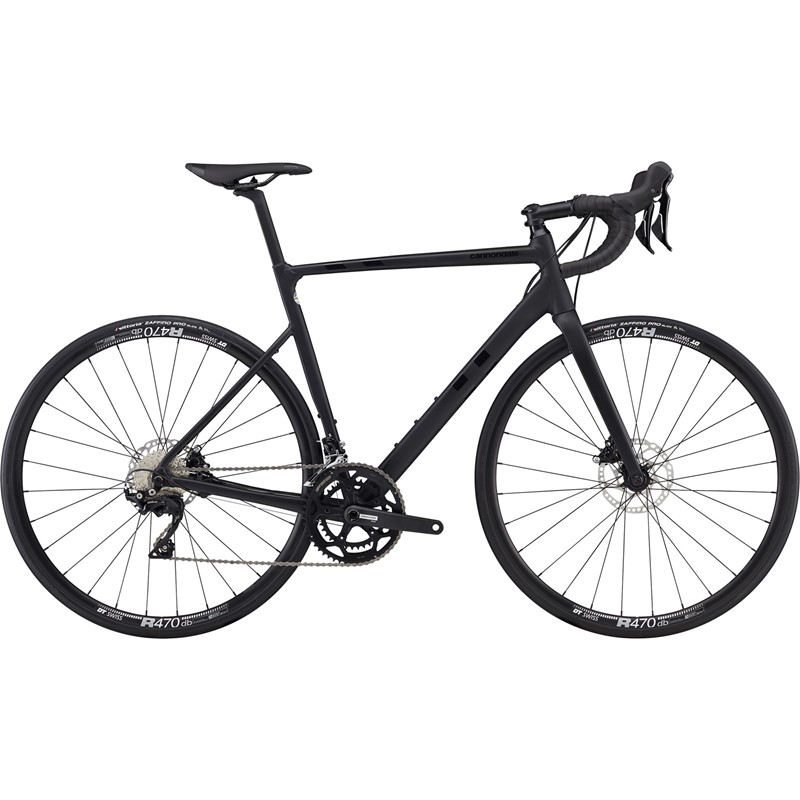
FAQ
Why is aerodynamics important for cycling?
Aerodynamics is crucial for cycling because it significantly reduces wind resistance, which is a major force opposing a cyclist’s forward motion. Improving aerodynamics can lead to greater speed and efficiency, allowing a cyclist to ride faster with the same amount of effort.
What is aerodynamic road bike?
An aerodynamic road bike is designed with specific features that minimize air resistance. These include streamlined frames, integrated components (like brakes and cables tucked away), deep-section wheels, and other design elements that reduce drag, making the bike faster and more efficient at cutting through the air.
At what speed does aerodynamics matter on a bike?
Aerodynamics starts to play a significant role at speeds as low as 15 mph (24 km/h), and its importance increases exponentially with speed. Above this threshold, the majority of a cyclist’s energy is used to overcome air resistance, making aerodynamic optimizations increasingly beneficial.
What are the benefits of aerodynamic wheels?
Aerodynamic wheels reduce drag, which can lead to higher speeds and improved efficiency for the same power output. They are particularly effective at maintaining higher speeds over flat or rolling terrain. Other benefits include better handling in crosswinds and an overall performance advantage in time trials and long-distance rides.
